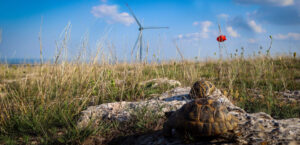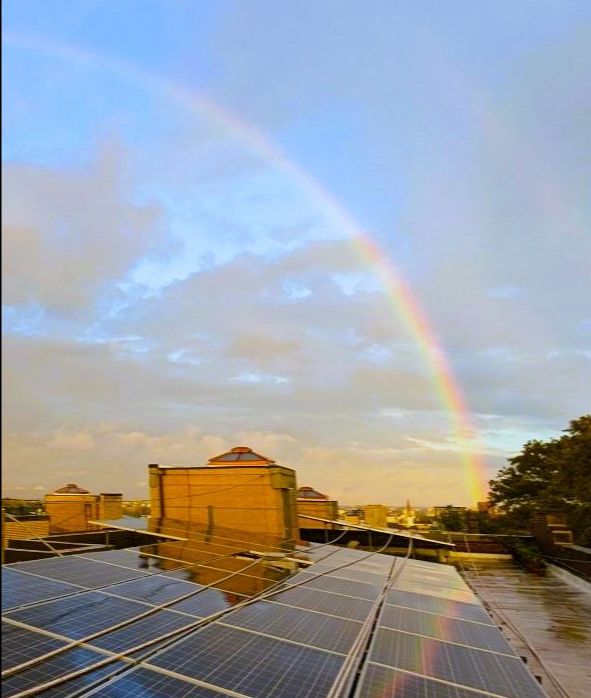
One of the biggest challenges humanity faces as we try to contend with the climate crisis is finding solutions that don’t lead to even bigger problems down the road. Scientists generally agree that we need a lot more renewable energy capacity to limit global warming and climate chaos: more solar panels, more wind turbines, more electrification and more supporting infrastructure like transmission lines and energy storage installations.
But all those things require space and development, and a new study published in the journal Nature Communications found that many of the most promising sites around the world- up to 10 percent of them- overlap with areas that are crucial for preserving biodiversity and continuing Indigenous food traditions.
The United States alone would need tens of millions of acres of sunny plateaus for solar arrays and windy ridges for wind mills to stop burning oil, gas, and coal. The potential for conflict between conservation and developing renewables is even higher than it is between conservation and farming, mining, or drilling for fossil fuels, the study found.
The authors of the study suggest that a way around this problem would be to build wind or solar farms on land that’s already been cleared or degraded. That could mean installing solar panels on abandoned industrial sites or coupling renewables with agriculture. Two examples are an 18-acre solar array in Minnesota that’s nestled among pollinator-friendly flowers and bee hives, which can power more than 100,000 homes, and a wind farm on a cattle ranch in Arizona.
Where and how renewable energy projects get built affects biodiversity more than the amount of clean energy produced globally does, according to Ryan McManamay, an ecologist at Baylor University who wasn’t involved in the Nature Communications study. “It’s quite possible to meet more needs of the population and have a lower biodiversity impact based on thoughtful considerations of how things are developed,” he said.
Scientists also say the environmental consequences of building a lot of wind turbines and solar panels likely won’t be as dire as continuing to burn gargantuan amounts of fossil fuels. Climate change itself poses a major risk to biodiversity.
You can read more about this on the Endangered Species Coalition website here.

